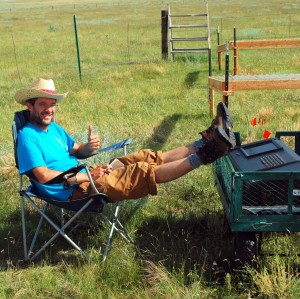Over the past decade our ability to probe microbial communities has grown exponentially and microbial ecologists have begun to catalog the full biological diversity of ecosystems. This has laid the methodological and phylogenetic groundwork for deep comparisons of communities across gradients of environmental properties, space, and time. I would like to know: what are the environmental properties that determine microbial community composition, diversity, and variation and how does this affect biogeochemical cycling in the host ecosystem? During my PhD research I am working to address this broad question with two studies. The first will measure changes in nitrification and nitrifier communities across gradients of moisture, temperature, pH, inorganic nitrogen levels, and time. The second will measure changes in biogeochemical functional groups across fine-scale spatial gradients of nutrient availability and moisture in anoxic microsites.
My 2013 ESA talk: http://eco.confex.com/eco/2013/webprogrampreliminary/Paper44014.html
Interests: Environmental metagenomics, soil substructure/micropedology, anoxic microsites, methane and ammonia oxidizing microbes, terrestrial methane and nitrogen biogeochemistry, ecological applications to land management and agriculture

